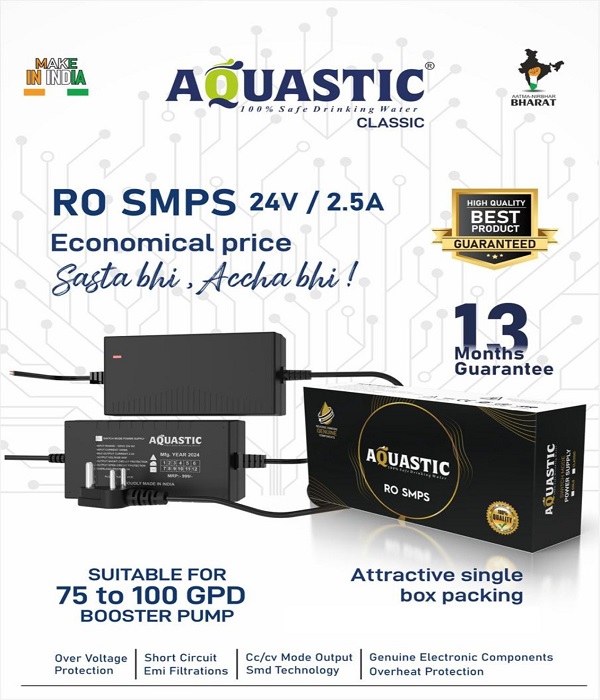Unveiling the Electrical
Components of RO
Systems
Within the intricate design of Reverse Osmosis (RO) systems, electrical components play a pivotal role in ensuring the functionality, efficiency, and reliability of the entire system. From monitoring water quality to regulating pressure and facilitating automation, these electrical parts form the backbone of modern RO technology. In this article, we explore the essential electrical components of RO systems, their functionalities, and their contributions to the purification process.
In the realm of water treatment technology, the role of electrical components in RO systems cannot be overstated. From control panels to solenoid valves and pressure switches, these components work in harmony to deliver efficient, reliable, and high-quality water purification solutions. As advancements continue to drive innovation in RO technology, the integration of sophisticated electrical parts will play a key role in shaping the future of water treatment, ensuring access to safe and clean drinking water for generations to come.
Benefits and Contributions
1. Enhanced Efficiency: By automating processes and regulating system parameters, electrical components optimize the efficiency of RO systems, maximizing water production while minimizing energy consumption.
2. Improved Reliability: The integration of reliable electrical parts ensures consistent performance and uptime, reducing the risk of downtime and costly repairs.
3. Precision Control: Electrical components enable precise control over critical parameters such as pressure, flow rate, and water quality, allowing operators to fine-tune system operation for optimal results.
4. Enhanced Safety: Electrical components include safety features such as overpressure protection, automatic shutdown mechanisms, and fault detection systems, enhancing overall system safety and reliability.



